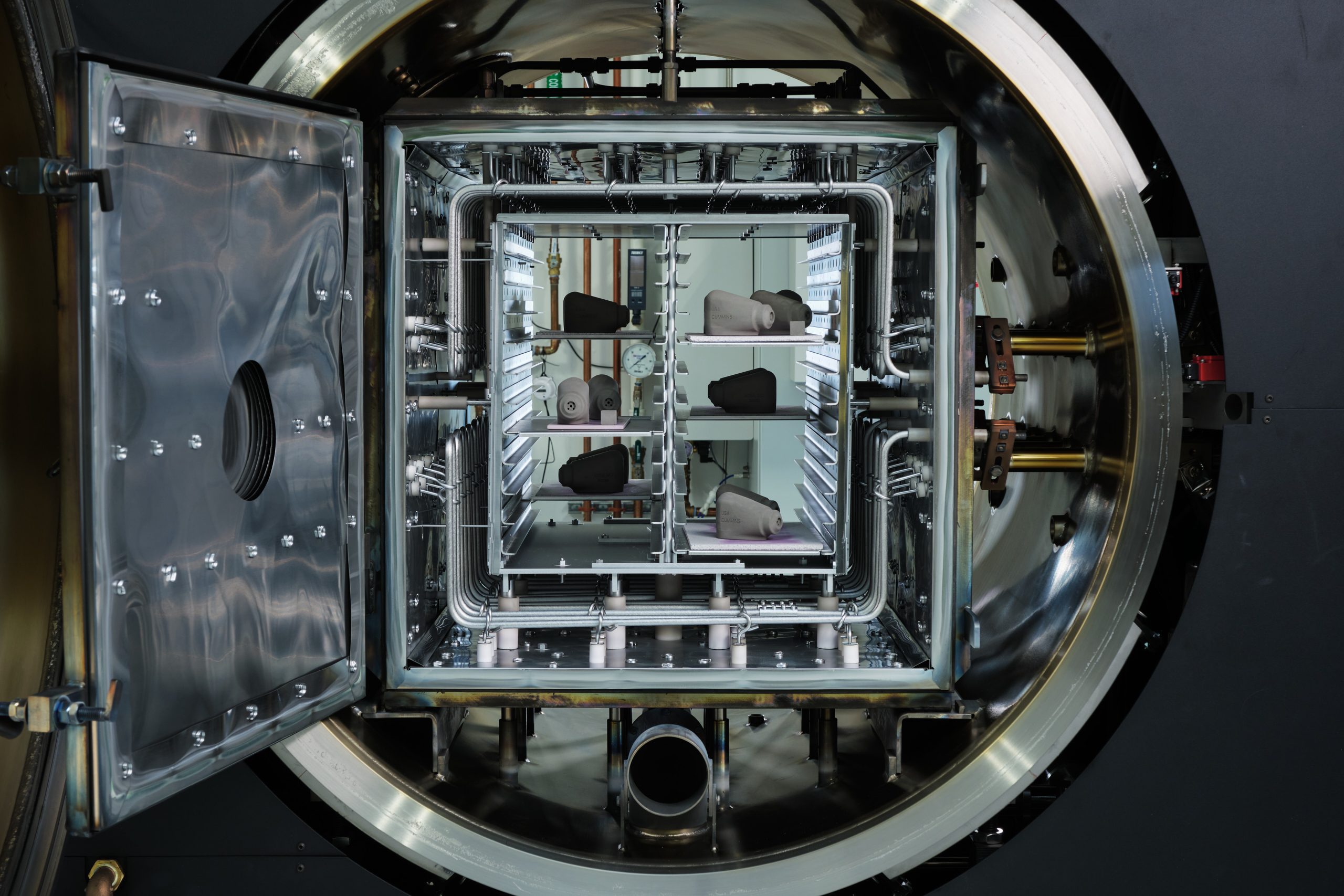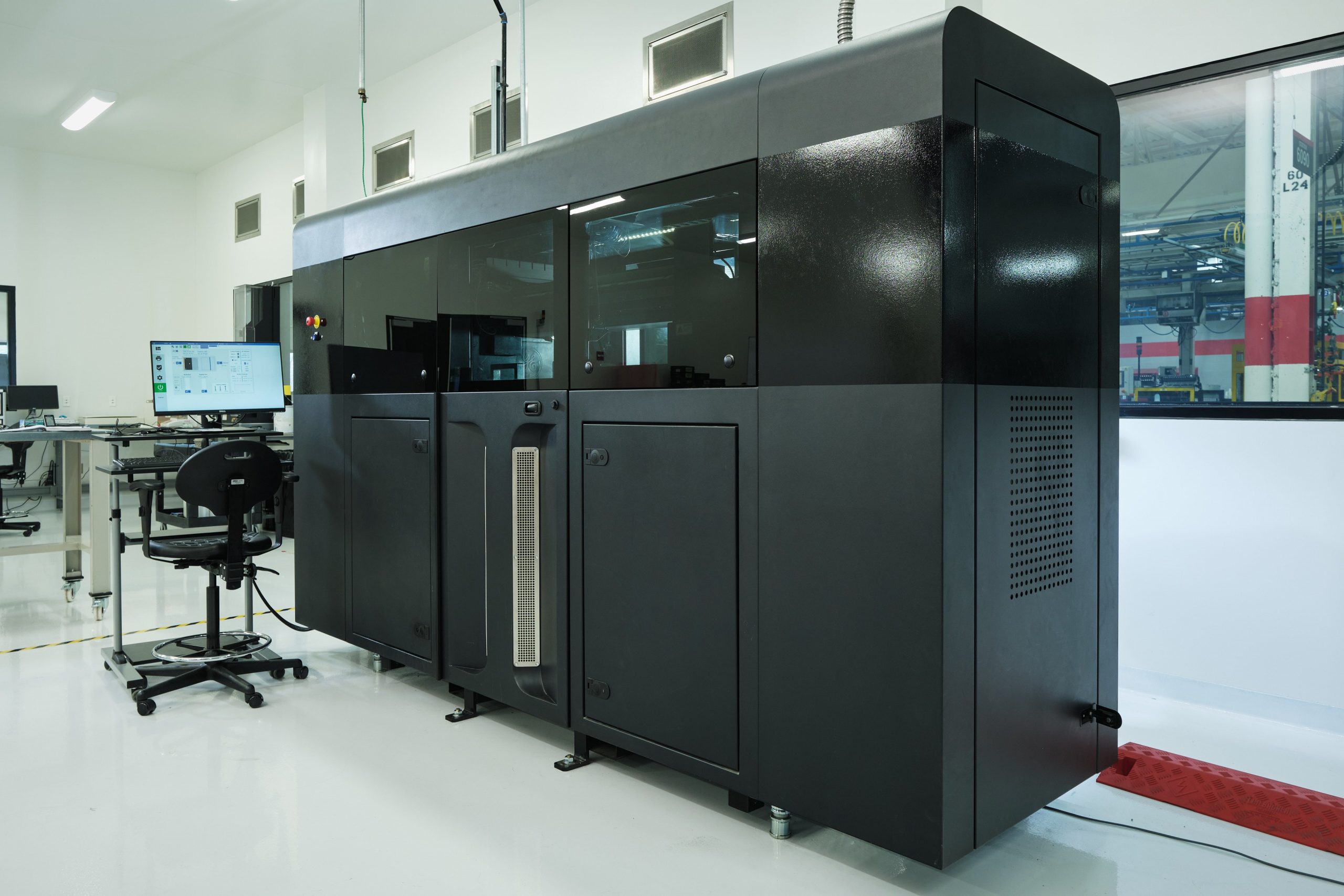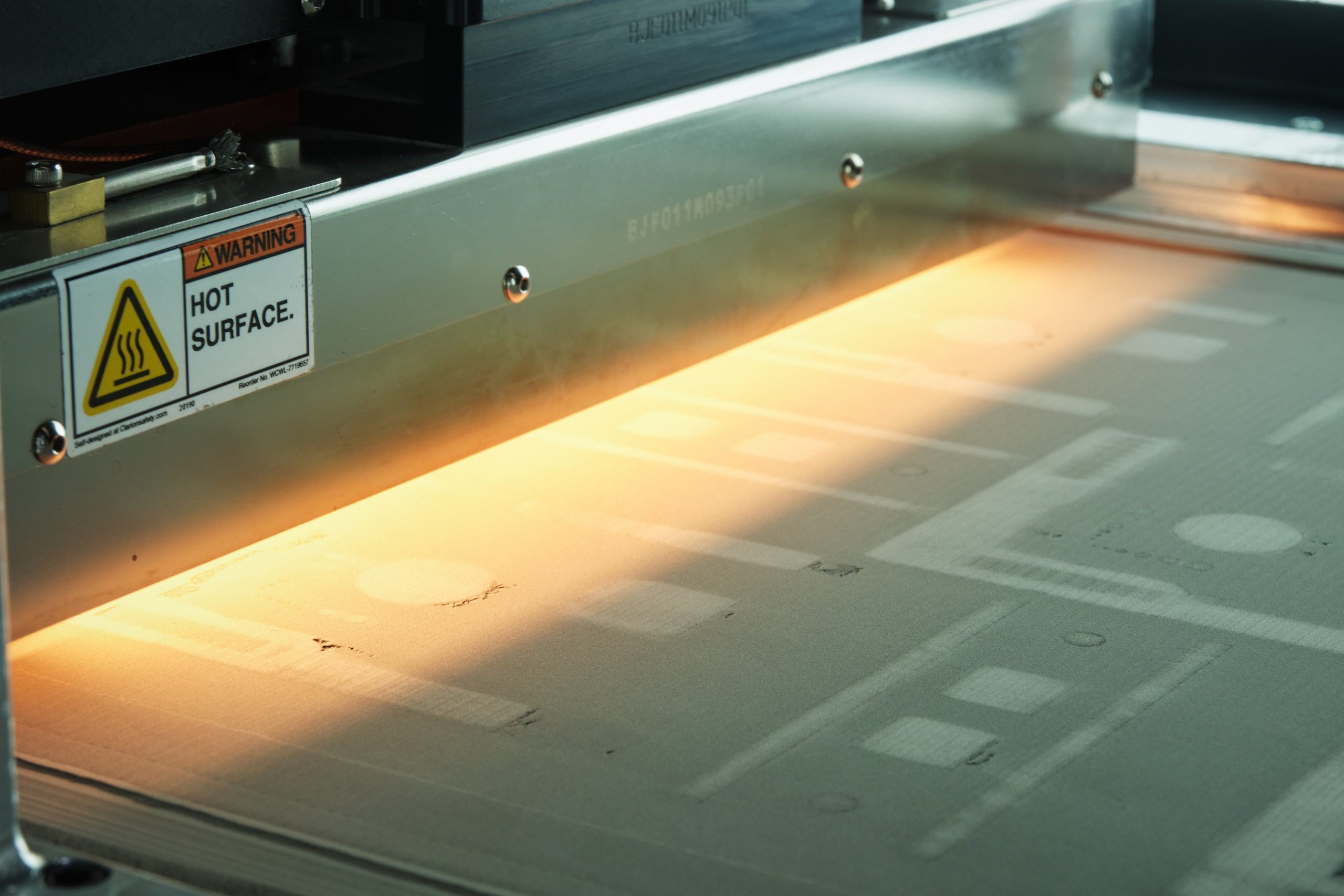Cummins Inc, an American manufacturer and remanufacturer of engines, is in the process of finalizing approval for its first metal 3D printed production part.
The part in question is a Cummins Emission Solutions (CES) lance tip adapter, a critical component that atomizes and injects diesel exhaust fluid into a high horsepower engine in order to reduce the amount of nitrogen oxides it emits.
The lance tip adaptor was manufactured via high-precision binder jet 3D printing, and official production of the part is slated to begin later this year.
“This is incredibly exciting, as it signifies yet another significant milestone in our 3D and additive manufacturing roadmap,” said Tim Millwood, Vice President of Global Manufacturing at Cummins.
“We’re on the cusp of being able to leverage a broad range of additive technologies to print the parts we need, using the right technology and at lower costs and increased speeds.”

Cummins’ ongoing partnership with GE
Founded in 1919, Cummins designs, manufactures and distributes a broad portfolio of diesel, natural gas, electric, and hybrid powertrains in addition to related components such as filtration and fuel systems, turbochargers, automated transmissions, batteries, fuel cell products and more.
To keep its production activities efficient, the company has continued to incorporate new technologies into its manufacturing setup, including automation, artificial intelligence (AI), and 3D printing.
Cummins’ engineering teams have used polymer 3D printing for a number of years, and are also making “great progress” in low-volume metal additive manufacturing. The company has three Concept Laser M2 direct metal laser melting (DMLM) machines from GE Additive, one installed at its technical center in Columbus, Indiana, and the other two at its research and development center in San Luis Potosi, Mexico.
Cummins first invested in binder jet 3D printing in April 2019 with the purchase of a H2 binder jet metal 3D printer from GE Additive. The following year, the company established an additive manufacturing lab within its Manufacturing Engineering Development center (MEDC) in Columbus in order to further develop and validate its industrialized binder jet 3D printing process.
Cummins and GE’s ongoing partnership aims to develop “third-generation” binder jet technology that supports higher throughput, improved quality, and lower cost of industrial 3D printed metal parts.
“This is the first of many milestones,” said Jacob Brunsberg, Binder Jet product line leader at GE Additive. “The focus of our partnership is to productionize applications at cost, quality, and needed scale. We are proud to work with Cummins to develop additive technology and provide meaningful return on investment throughout its supply chains.”

High volume production with binder jetting
The binder jet additive manufacturing process involves a print head moving across a bed of powered metal and selectively depositing a liquid binding agent that bonds the two areas together to form a solid part one layer at a time.
Producing the lance tip adaptor through binder jet 3D printing provided several benefits over traditional manufacturing techniques, such as a lighter-weight design, improved geometry for fluid and air flow, and removed the added complexity of cross-drillings.
According to Cummins, binder jet technology is capable of printing between 60 and 100 times faster than other laser-based printing processes, therefore facilitating high-volume production. Binder jetting also offers environmental gains, as the printer is able to take nearly all of the leftover powder from the printing process and recirculate it through the system for reuse in the production of other parts.
The 3D printed lance tip adaptor is currently passing through Cummins’ production part approval process. The company hopes to have final approval of the part and start official production later this year. The firm’s engineering teams are working on designing and printing several other concept parts with the goal of finalizing more parts towards the end of the year.
Going forwards, Cummins will continue to work alongside GE Additive to improve the capabilities of its binder jet technology, alongside increasing the speed-to-market of its products and the efficiency of its 3D printing operations.

Subscribe to the 3D Printing Industry newsletter for the latest news in additive manufacturing. You can also stay connected by following us on Twitter and liking us on Facebook.
Looking for a career in additive manufacturing? Visit 3D Printing Jobs for a selection of roles in the industry.
Featured image shows 3D printed lance tip adaptor on the H2 Binder Jet 3D printer from GE Additive. Photo via Cummins Inc.


